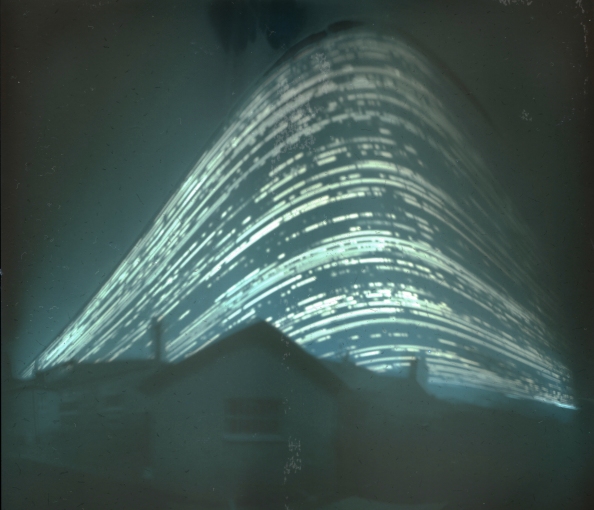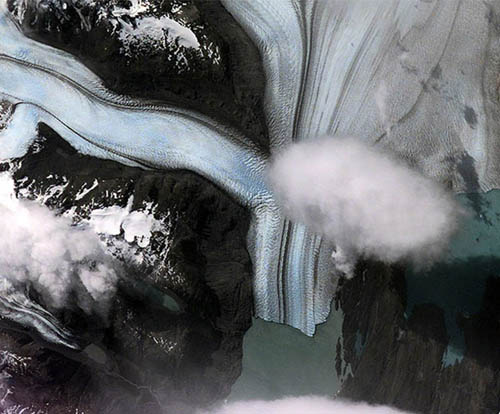Moment of Zen:

The G-Word?
You may recognize the inscription above from the Holocaust Museum in DC. It ends with a question, "Who, after all, remembers the annihilation of the Armenians?" Hitler uses this question as a justification of the mass murder he has authorized. So who does remember the annihilation of the Armenians these days? Who knows enough about it to remember?
Beginning 95 years ago, on April 24, 1915, Ottoman Turkish government forces began a systematic cleansing of Armenians from their territory, which at the time included modern-day Turkey and large portions of Armenia and the Arabian peninsula (
See map), in response to the rising Turkish nationalism which was at a height during the First World War. When actions ended with WW I, 1.5 million of the 2.5 million Armenians living in Ottoman territory had been killed - about 60% of the Ottoman Armenian population. Although the Turkish government put in place immediately after WW I tried and convicted some nationalist leaders of murder in relation to the Armenians, but it has not formally acknowledged the systematic, ethnically-based extermination.
Not only has Turkey never quite owned up to that stain on its history, but no American president has been willing to use the specific word
genocide to refer to what happened to the Armenians. The word itself, though formed from classical roots (
genos, Greek for "race, kind" and
-cide from Latin
caedere, meaning "to cut down, slay), was not used until 1944, when it was coined to describe the Nazi's systematic elimination of Jews, and was a term officially recognized by the UN for broader usage in 1948 - thirty years after the end of the Armenian situation. Emerging from a precedent like that certainly presents it as a word that is not to be used lightly. Different governing bodies, including the European Parliament, the Israeli
Knesset and the Russian
Duma have officially recognized the losses of the Armenian Genocide as such, but such official acknowledgments did not begin until the 1980s. American presidents have historically shied away from the g-word, expressing condolences to the Armenian community regarding their "tragedy" (Bush, Sr.'s descriptor). Even Pres. Obama has demured from using it during his presidency (though he's used it in the past), acknowledging it as a "massacre" and an "atrocity" in his speech about it on Saturday (Apr. 24, the international day of remembrance of the event), but carefully not referring to it as "genocide."
So, why is the word so important? While words like
massacre, tragedy, and
atrocity highlight the grief of so many deaths, they avoid the cause of them: one ethnic group specifically, and systematically trying to eliminate another. A deadly earthquake is a tragedy. A small group of unhinged extremists can cause a massacre. Nobody necessarily has to die for it to be an atrocity. Genocide requires the complicity and action of a larger system to eliminate a people and their culture. The Turkish government has never made any formal acknowledgement of what happened, nor an apology or restitution to those that survived. People, especially important world leaders, using the g-word not only commemorates the tragedy, but puts pressure on the Turkish government to examine and air out some of the skeletons every nation has in the dark closets of their history. As the chilling quote above from Hitler illustrates, a lack of honesty, openness and responsibilty for moral failings can lead others to believe that they can get away with them, too.
Further Reading:Historical Overview of the Armenian Genocide"Obama Marks Genocide Without Saying the Word" (NYTimes, 4/24/10)Background on Nagorno-Karabakh Conflict (Armenian race-based violence against Azeris)














